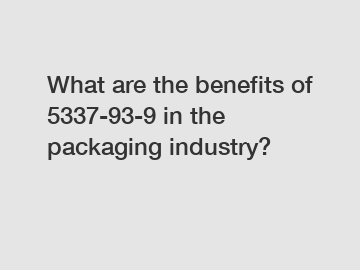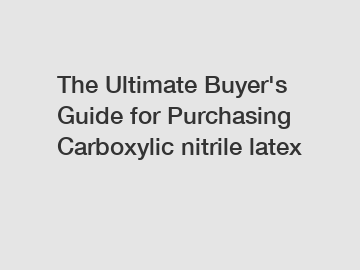How PUR Hot Melt Adhesive Works: Bonding and Sealing Applications
PUR hot melt adhesive, short for Polyurethane Reactive hot melt adhesive, is a type of adhesive that becomes chemically crosslinked upon contact with moisture. This unique property allows it to form robust bonds with various materials, including metals, plastics, wood, textiles, and more. Unlike traditional solvent-based adhesives, PUR hot melt adhesive eliminates the need for drying time, providing an almost instantaneous bond upon application.
The Bonding Process
When PUR hot melt adhesive is applied to a surface, it initially behaves like a traditional hot melt adhesive, melting upon heating and flowing easily into gaps and contours. However, what sets PUR hot melt adhesive apart is its reaction with ambient moisture. As the adhesive cools and solidifies, it begins to chemically react with the moisture in the air and substrates. This reaction leads to the formation of strong, durable, and flexible bonds that are resistant to heat, chemicals, and environmental stressors.

Versatile Applications
Automotive Industry
In the automotive industry, where resilience and longevity are crucial, PUR hot melt adhesive finds its place in various applications. From bonding interior components like door panels and headliners to encapsulating electronic modules, PUR adhesive excels in providing vibration and moisture resistance.
Packaging and Labeling
The packaging industry benefits from PUR hot melt adhesive's ability to securely seal cartons and adhere labels. Its rapid bond formation ensures efficient packaging operations, and its durability guarantees products remain intact during transit and storage.
Woodworking
Woodworking enthusiasts and professionals alike appreciate PUR hot melt adhesive's prowess in joining wooden parts. Whether crafting furniture, cabinets, or wooden artworks, the adhesive's strong bonds withstand the tests of time, maintaining structural integrity.
Textile and Footwear
In the textile and footwear industries, where bonding fabrics and materials with differing properties can be challenging, PUR hot melt adhesive proves its worth. It provides a reliable solution for attaching fabrics, trims, and embellishments, ensuring that the end product is both aesthetically pleasing and enduring.
Electronics
Electronics assembly demands precise and secure bonding, making PUR hot melt adhesive an ideal choice. It effectively bonds delicate components, provides electrical insulation, and guards against moisture and contaminants, contributing to the overall reliability of electronic devices.
See also:Magnesium Oxide | Supplier & Distributor | CAS 1309-48-4
10 Questions You Should Know about Hpmc Products in Kolkata
4 Advice to Choose a bmk powder and bmk oil
How to Choose High Quality Hpmc: A Guide for Buyers
The Benefits of Using 57801-95-3: Exploring a Powerful Chemical Compound
Why Use Hydroxypropyl Methyl Cellulose HPMC for Tile Adhesive?
Cas 1451-82-7 vs. Traditional Remedies: Which is Better?
Advantages of PUR Hot Melt Adhesive
Durable Bonds: The chemically crosslinked bonds created by PUR adhesive are highly durable, maintaining their integrity even under harsh conditions.
Quick Bonding: With minimal curing time required, PUR adhesive accelerates production processes and reduces downtime.
Environmental Resilience: The adhesive's resistance to heat, moisture, and chemicals ensures optimal performance in various environments.
Versatility: PUR adhesive adheres to a wide array of materials, broadening its potential applications across industries.
Enhanced Efficiency: Its quick bond formation and reliable adhesion streamline manufacturing and assembly operations.
Conclusion
In the realm of adhesive solutions, PUR hot melt adhesive shines as a powerful contender. Its unique ability to form strong, chemically crosslinked bonds upon contact with moisture sets it apart from conventional adhesives. From the automotive and packaging sectors to woodworking, textiles, and electronics, PUR adhesive proves its mettle in diverse applications. Its durability, quick bonding, and resilience to environmental factors make it a go-to choice for industries seeking reliable and efficient bonding and sealing solutions.
See also:10 Questions You Should Know about Hot Selling for Cas No 92-39-7
How Does Cellulose Ether for Tile Adhesives Work?
How Does CBD Oil to Cream Work?
The Versatile Uses of Silicone Oil Lubricant
Comparing Big Discounting 2-Chloro-5-Chloromethylthiazole Deals: Savings Showdown
Unlocking the Benefits of Using Redispersible Polymer Powder Bulk
10 Questions You Should Know about the Half Life of Bromazolam









